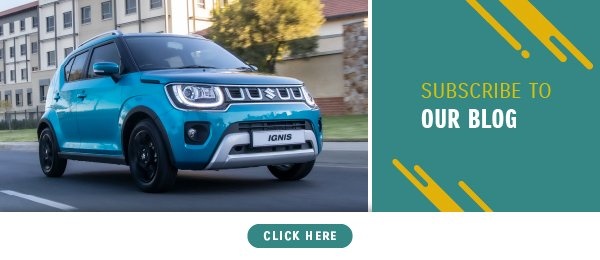Driving a fuel-efficient vehicle is more than just the money it saves you, as an individual, at the pump–it is also about helping to reduce carbon emissions and keeping the air we breathe cleaner.
Equally, it is not about the money you may save today. A fuel-efficient vehicle will perform better over its life cycle, presenting less in the way of unnecessary maintenance issues–along with the added cost of those.
Fuel economy is all about fuel consumption or the number of litres of fuel used for every 100 kilometres travelled. The factors that influence this include the engine capacity, the mass of the vehicle, its aerodynamic drag, and the rolling resistance from the tyres among them.
Fuel, whether petrol or diesel, needs oxygen to allow the fuel to ignite in the cylinder and, since oxygen levels are highest at sea level, this explains why non-turbo cars perform better at the coast. However, whether up high or down low, fuel-efficient operation still comes down to driving style.
Simple steps to save fuel
1. Accelerate gently
Harsh acceleration is a fuel demon. Gentle acceleration from rest can go a long way to achieving noticeable savings. Try and imagine a glass of water on the dashboard–do not let it spill!
2. Maintain a steady speed
Once you are moving at the same speed as the surrounding traffic (below the speed limit!), try and avoid accelerating and decelerating as these dips in speed greedily slurp up fuel.
Using cruise control if fitted to your car can help, especially on long and level roads. However, gravity can also help with fuel saving by increasing your momentum on the downslope with little or no pressure on the accelerator but, the counter there is to lose some of that on the uphill – always being mindful of traffic conditions.
3. Anticipate traffic
You should be keeping a minimum of a three-second gap between your car and the one in front as a safety precaution. At the same time, you should be looking ahead of that vehicle and identifying pedestrians, animals or other activity on the side of the road that might force a sudden stop. Also, keep checking on what the cars ahead and next to you are doing. All of this will help avoid needless braking and acceleration.
4. Avoid high speeds
Most drivers know, and are quite proud of, how fast their cars can go but speed is not the best friend of high consumption. Most cars and SUVs are at their most fuel-efficient between 50 km/ and 80 km/h and consumption goes up rapidly at more than 120 km/h.
For example, at 120 km/h, a vehicle uses about 20% more fuel than at 100 km/h. On a 25-kilometre trip, this spike in speed–and fuel consumption–would cut just two minutes from your travel time.
5. Coast to decelerate
If you have taken the time to anticipate the traffic and are looking ahead on the road, you can often see well in advance if there is a need to slow down. Rather than waiting until the last second and braking heavily, ease off on the throttle early and coast to the point where you have to apply the brakes.
6. Avoid idling your vehicle
If your car is not fitted with an automatic stop/start function, consider turning off the engine when you are likely to be stationary for 60 seconds or more.
7. Measure your tyre pressure every month
Under-inflated tyres increase fuel consumption significantly to say nothing of the damage to the tyres themselves or the safety risk. It is vital to check, and maintain, your tyres inflated to the manufacturer’s specification and this should be done every time you fill up while the tyres are still cold.
8. Use a manual transmission properly
The simple rule with a manual transmission is to shift into a higher gear as soon as possible. If your car is fitted with a gear shift indicator, use it or simply avoid revving the engine more than absolutely necessary.
9. Don’t carry unnecessary weight
The golf bag might look good in the boot but every kilogram adds to the consumption–around 1% for every 25 kilograms. Also, the roof rack is great for holiday travel or specific leisure pursuits but remove it when not in use, as this creates aerodynamic drag that increases fuel consumption.
10. Use air-conditioning sparingly
It is a tough call in the midst of a South African summer but the less you use the air-conditioning, the more fuel-efficient you will be.
Why Fuel Economy is Important
1. Saves You Money
The fuel price is almost the highest it’s ever been with little sign of that changing for the better. In fact, the price of fuel has roughly doubled every six or so years since the 1980s. The maths is simple–the more fuel-efficient your vehicle, the better your wallet will feel.
2. Reduces Environmental Impact
As hard as automakers work at developing technologies to reduce the amount of exhaust gases being pumped into the atmosphere, pollution remains a very real threat and, as a driver, you can complement the vehicle technology by driving as efficiently as possible.
Love our blog and want more? Subscribe and get our latest articles delivered to your inbox - hot off the presses!



